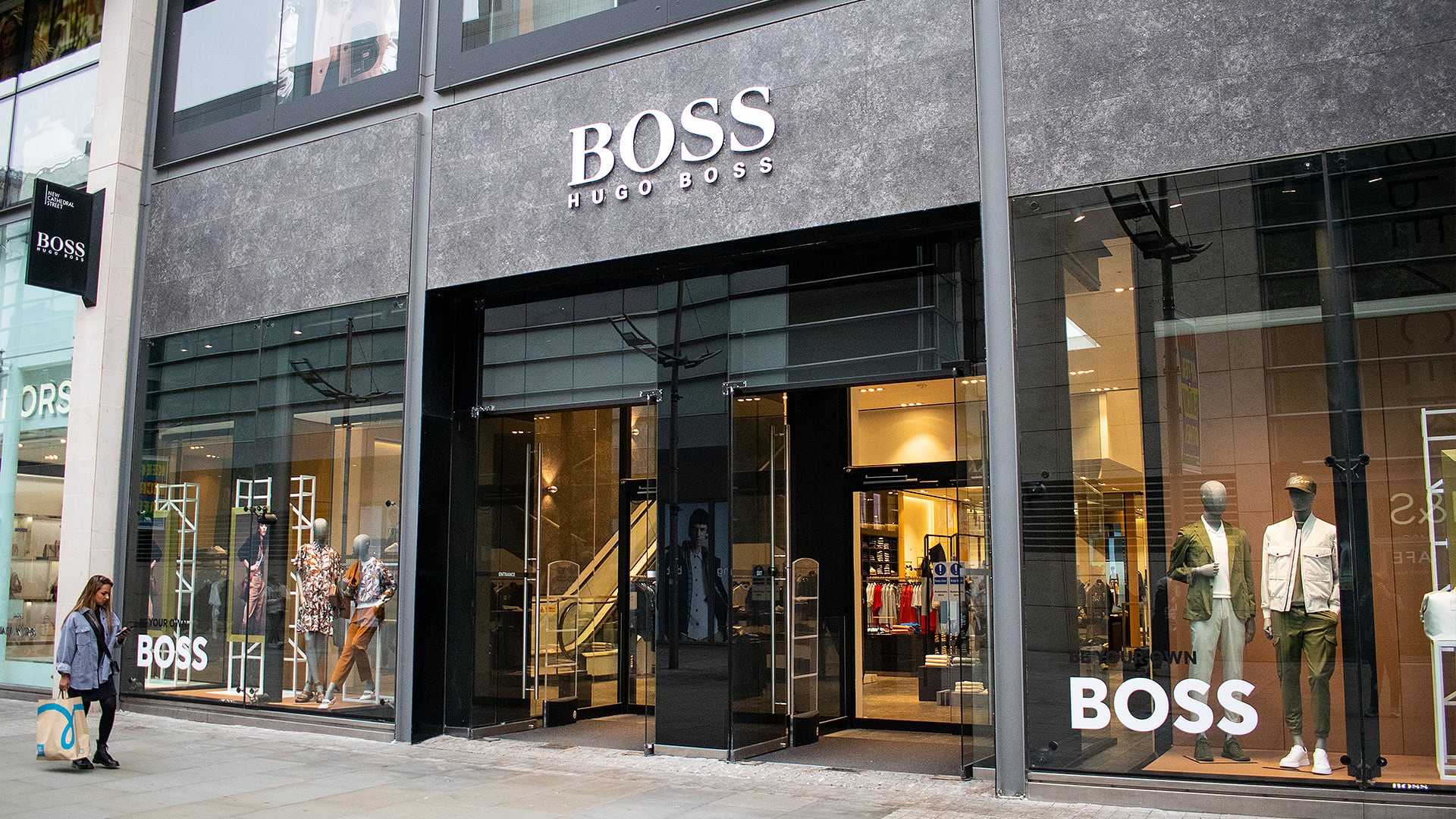The Company Delayed Its Mid-Term Goals After Feeling the Effects of the Slowing Macroeconomic Landscape
Hugo Boss reported modest growth between July and September, attributing the slow progress to challenging economic conditions. The German fashion company recorded a 1 percent increase in third-quarter sales on a currency-adjusted basis, reaching 1.03 billion euros.
Executives called for patience regarding Hugo Boss’ mid-term targets outlined in CEO Daniel Grieder’s “Claim 5” strategy, which aimed to achieve annual revenue of 5 billion euros by 2025. “We are firmly convinced we will achieve this goal,” CFO Yves Mueller stated in a press conference, “but we must acknowledge that the macroeconomic situation is currently very volatile and still very uncertain. We will reach 5 billion, but it’s open as to exactly when.”
Despite sluggish growth, the company highlighted its progress. Year-to-date, sales rose 2 percent to 3.06 billion euros, compared to 3.02 billion euros during the same period in 2023. “If you look at our business development this year, broken down into individual quarters … you could say that sales have now stabilized at a fairly low level, and [that is why] we have a more cautious outlook,” Mueller noted.
Mueller emphasized that the brand’s visibility continues to grow, citing a recent fashion show in Milan that garnered 400 million views on social media, a record for Hugo Boss.
In the third quarter, Hugo Boss’ menswear line, its largest segment, grew 1 percent to 785 million euros, while womenswear rose 2 percent to 74 million euros. The Hugo brand, which includes more casual styles, also increased 2 percent to 171 million euros, partly due to the launch of the Hugo Blue denim line.
In Europe, revenue grew 1 percent to 662 million euros, driven by strong performance in Germany, though weaker sales were reported in the U.K. and France, partly due to events like the Olympic Games in Paris.
The Americas saw a 4 percent sales rise, reaching 228 million euros. Mueller credited this to rising brand awareness in the U.S. and growing interest among younger consumers, following collaborations with organizations like the NFL. Currently, only 3 to 5 percent of Hugo Boss products are produced in the Americas, but the company is exploring suppliers in Mexico and Honduras. “We are now testing the first products there,” Mueller said, stressing that quality and ethical standards must be met.
In the Asia-Pacific region, sales declined 7 percent to 110 million euros. “Whether that’s clothing, jewelry, watches, or cars, China is currently an extremely difficult market,” Mueller commented, citing the country’s ongoing real estate crisis as a source of uncertainty for consumers.
Hugo Boss has focused on cost-cutting efforts to navigate economic challenges. “We are concentrating on what we can control ourselves,” Mueller said, adding that the company’s global sourcing strategy and recent cost-cutting measures have improved productivity and supported profitability.
Operating costs fell slightly, though Hugo Boss’ earnings before interest and taxes dropped 7 percent to 95 million euros. However, this was a smaller decline than in the previous quarter and exceeded market expectations by about 6 percent.
Analysts from firms like JP Morgan and Goldman Sachs viewed the results favorably, noting that Hugo Boss’ performance stood out amid widespread industry challenges.
The company reaffirmed its guidance for 2024, expecting sales growth of 1 to 4 percent by year-end, reaching 4.2 to 4.35 billion euros. EBIT is projected to fall within a range from a 15 percent decline to a 5 percent increase.
